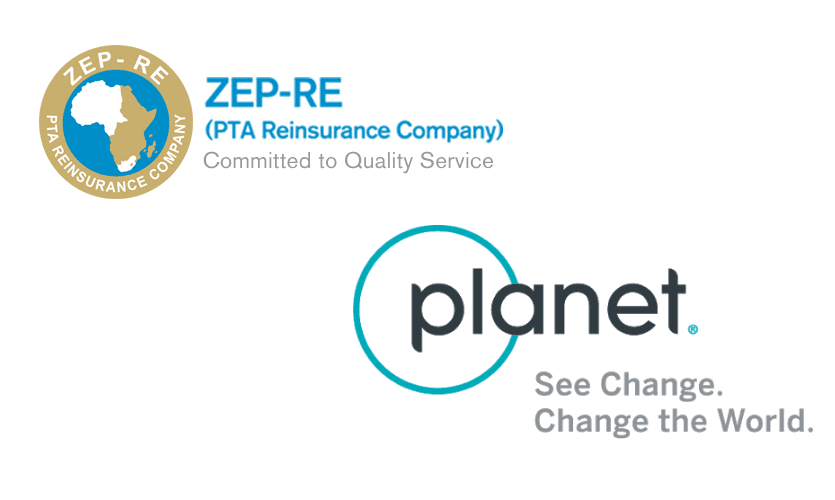ZEP Re & Planet Labs team on satellite data for parametric drought cover

Kenyan reinsurance company ZEP-RE is partnering with Planet Labs, a satellite imagery and data provider, to develop enhanced indices that can be used within the trigger and calculation process for parametric drought insurance products in Africa.
ZEP-RE plans to use Planet’s Basemaps products to enhance drought risk protection for the Horn of Africa (HOA) region.
This will involve using PlanetScope 3-5 meter resolution imagery to construct Normalized Difference Vegetation Index (NDVI) time series data, which will allow the vegetation health of an area of more than 600,000 km² of Eastern Africa to be measured.
As well as this, the reinsurance company will leverage Planet data as an independent calculation agent source, to quantify conditions and provide metrics to measure drought.
Using this data, ZEP-RE expects to further enhance its drought index insurance program, while also scaling its risk calculation capabilities.
ZEP-RE is the implementing agent of a World Bank-funded regional microinsurance project called DRIVE, which is designed to enhance pastoralists’ access to financial services for drought risk mitigation.
ZEP-RE will be leveraging Planet’s satellite data products to execute on the parametric index-based risk protection product to support business continuity for the pastoralists.
“We are thrilled to begin using Planet’s satellite data for the HOA DRIVE Index-Based Livestock Insurance product. With the reliability and quality of the Planet data, we can normalize the stream with our existing data and transition smoothly to continue our business model into the future,” explained Ronald Kasapatu, Director of Agriculture & Micro Insurance at ZEP-RE.
“At Planet, we are excited to be contributing data to support the livelihoods of pastoral farmers in Africa with ZEP-RE. We believe our data is a powerful and unique source of information for agricultural index insurance, and that it can bring value to vulnerable communities in their daily lives,” added Kevin Weil, President of Product & Business at Planet.
Index-insurance, or parametric insurance, that uses satellite and remote sensing inputs can provide a much more flexible product than one using ground-sensors, when it comes to covering large regions and numerous micro-policy holders.
As satellite sensing data resolutions continue to improve, the number and availability of satellites delivering data increases, and software to translate and understand these inputs become more advanced, we’d expect to see these kinds of drought index-insurance programs rolled out more broadly and also commercial applications, for larger risk transfer arrangements, be explored.
There’s been a relatively slow advancement in this area of the parametric risk transfer space though.
Way back in 2009 we wrote our first story about using satellite data to construct a Normalized Vegetation Difference Index (NVDI) for crop insurance.
While just over a decade ago we were covering initiatives to develop low-cost, satellite based microinsurance products that were hoped to reach every farmer in Africa.
So the product concept is far from new.
But now, with companies like Planet Labs, and others such as ICEYE, having such granular and available satellite data products, the ability of insurers and brokers to construct indices that can be used within parametric triggers for risk transfer is greatly enhanced.
We hope this leads to continued evolution and innovation in this category of product, both at the micro and macro-insurance level.






